The Beauty of Kimono (Part 1)
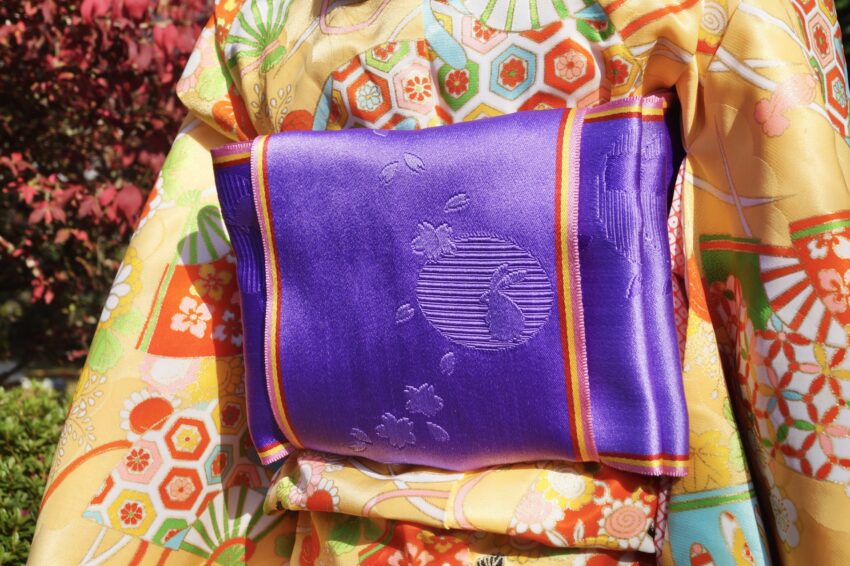
Japan has always been known for its rich cultural aspects, be it age-old traditions or the hues of contemporary modern society. Today, I would like to introduce you to a very special area of it that forms one of the integral parts of Japan’s cultural heritage. This is something I have long heard of or seen from a distance. I finally had the experience of trying it for the first time during my trip to Kyoto in October 2019.
Every autumn in Japan you can enjoy the Momiji (viewing of autumn leaves). During that particular autumn, my husband and I visited the cultural capital city of Japan. I can still recall the most pleasant weather as we basked in the bright and sunny autumn sun, accompanied by the beautiful autumn breeze. Despite the fresh aura, the autumn fall foliage was not yet out to shower its love across the city. Surprisingly, in lieu of that, we got to explore something even more exciting and overwhelming.
So, what is this all about?
I would like to talk about experiencing one of the exquisite elegances of Japanese traditions and culture, known as ‘kimono’. I’m sure that this term is not unfamiliar when it comes to Japan, right up their marvelous ‘sushi’ dishes and ‘samurai’ history. As such, much before I had come to Japan, I too had heard about the famous kimono and had a fascination to see the Japanese wearing kimono.
But incredibly, I never imagined myself putting it on, and walking in the streets of Japan. I feel really blessed and lucky that I got to experience that one special moment wearing the gorgeous kimono along with locals and tourists alike.
With my little knowledge and experience about kimono, through this article, I would briefly like to give you a small picture about some basic nuances of the stunning traditional Japanese attire. For instance, what these kimono is all about, when it is worn, the system of rental shops and their charges, what comes along with the Kimono attire, their usual price range, and how these Kimono differ from yukata (another traditional Japanese attire much similar to kimono).
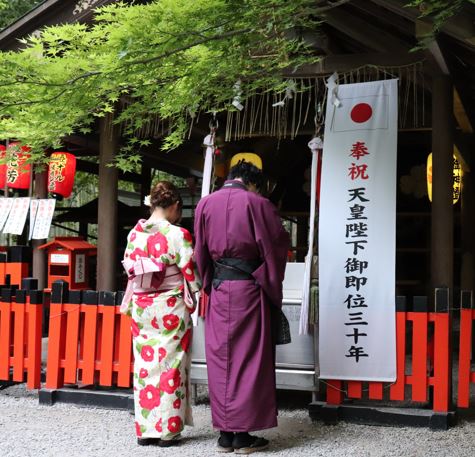
Photo by Tathagat Mahanta
So, what is a kimono?
The word kimono means a traditional Japanese garment where ki means ‘to wear’ and mono means ‘a thing’, i.e., a thing to wear. They are made from a single length of cloth called tanmono which is 36-42 cm in width and around 12 meters long. It is mainly silk, which is used as a common fabric in the traditional kimono. Depending upon the type of silk, there comes a difference in the price range.
Modern kimono also use various kind of other fabrics such as cotton, linen, polyester etc. Although kimono are for both men and women, they are most popularly seen as a fascination among Japanese women. Typically, men’s kimono are designed with solid patterns that are usually available in single colors.
By contrast, women’s kimono are made to be very attractive with different colorful designs aligning to different seasons of the year. What I have noticed is that young girls are often seen wearing a kimono mainly during particular events or occasions, and not like the daily attire which it once used to be. It is said that it was only after the 20th century that kimono culture began to fade.
It is all about the style and unique designs of the kimono that symbolizes its glory. Different silks in different regions of the country are used to make them, further giving the kimono a unique touch. I feel, much like our traditional Assamese Mekhela Chadar of Assam, India, the beauty of kimono is also symbolized mainly by the different styles and patterns, color, motifs and the materials used in making it.
Well now, if you’re wondering about what and where Assam is and why I’m relating it to Japan, it’s because I’m a native from Assam, the north-east region of India. Like Japan’s kimono, Assam’s prestigious and culturally rich attire is the beautiful Mekhela Chador. However, if you want to know more about Assam, don’t hesitate to Google it!
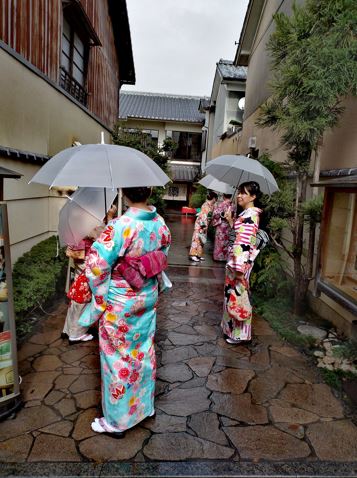
A group of Japanese women strolling on the Kyoto streets.
What as a tourist you can learn about kimono?
From the little research that I have done, there are different types of kimono that are worn on the basis of different occasions and seasons. For instance, the kimono that I wore falls in the category of Furisode (in Japanese). These kimono are usually seen worn by young girls and tourists who can rent them. They have the longest sleeves, with beautiful colored motif designs all over, and are tied with bright belts (obi in Japanese).
Likewise, there are formal (worn for weddings & traditional ceremonies), casual (known as Kumon in Japanese), and non-wedding, semi-formal (worn for tea ceremonies) kimono that Japanese wear as per their respective occasions and traditions.
The kimono are mainly hand-sewn into a T-shape comprising of four different pieces of fabric and tied with n obi and other accessories. The basic set of a kimono includes the following- zori (formal flat sandals), geta (open wooden shoes with a raised platform), tabi (white socks), obi (Kimono belt), kanzashi (decorative floral hair-pins), haori (traditional open jacket), kimono silk clutch bags and bangasa (traditional umbrella).
In our case, we opted to wear geta and took the entire set except haori and bangasa. Yes, it is not required for the tourist to take the entire kimono set; it is completely optional as different pieces have a different price.
Next, I’ll tell you about our experience renting (and walking about) in kimono…
Come back next Tuesday for the conclusion here on MUSUBI!
Photo Credits:
All additional photos provided by Anmona Handique, used with permission
All other content (text) created by the original author and © 2023 MUSUBI by Borderlink
RELATED
-
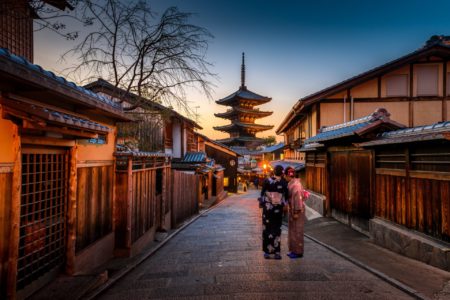
An Introduction to Kyoto
Top photo: Sorasak on Unsplash If you love all things Japan, then Kyoto is a must-see on your list of travel … -
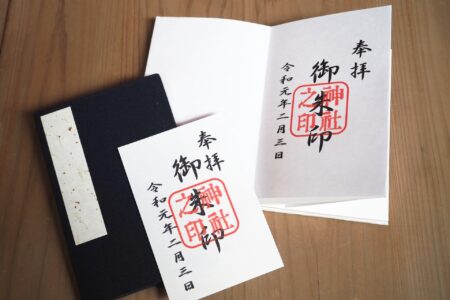
Discovering Goshuin
Many of us have had a chance to visit either a local shrine or a temple in the course of our stay in Japan; be… -
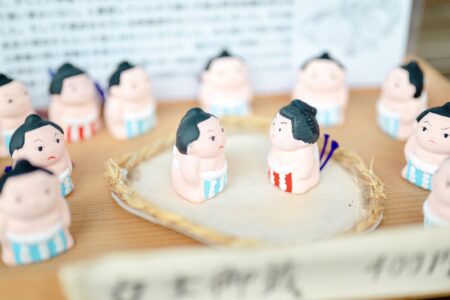
Sumo: Clash of Titans
Top photo: Photo by TOMOYA10002さん on PhotoAC What’s the first thing that pops into people’s head when they thi…
PEOPLE

Anmona Handique
From India
Has experienced Japan for 3 years!


